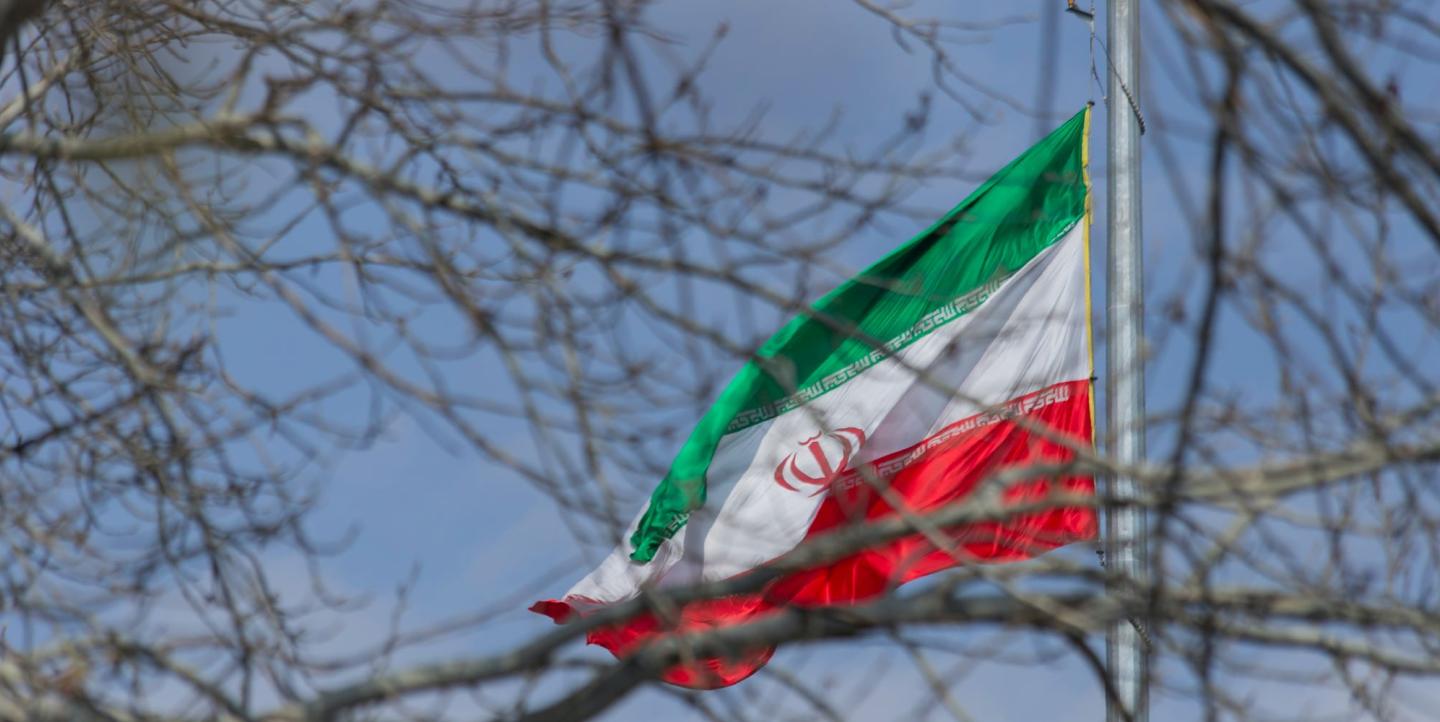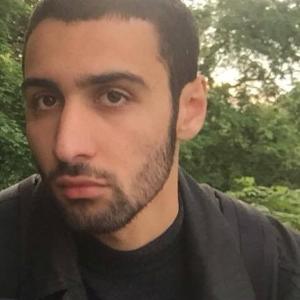In 2010, Iranian authorities detained the 23-year old dissident, Majid Tavakoli, in the country’s notorious Evin prison for his student activism in the Green Movement protests a year prior. During a hunger strike while in solitary confinement, he sent a letter from prison, outlining the stakes of Iran’s future.
“Iran’s first and foremost problem is human rights,” Tavakoli wrote in his missive. “The world should put this at the top of its agenda while confronting the Iranian regime. The regime will do anything in order to divert international attention from human rights to nuclear issues.”
Tavakoli’s plea appears to have gone unheard: in the years since, activists have regularly complained about how reporting on Iran has tended to be viewed on Western terms, either defined by its nuclear threat or by journalists aiming to demystify the country for a Western audience. Meanwhile, the priorities and local narratives of the people living in the country have been difficult to ascertain, due to the significant barriers posed by the Iranian regime's harsh restrictions on freedom of speech and widespread imprisonment of journalists.
Iran’s censorship laws severely limit on-the-ground reporting in the country, and have led to the expulsion of most foreign correspondents after the political upheavals of 2009. The few local correspondents remaining must tread lightly due to security reasons and the Western outlets who do get access to Iran are restricted in their activities or pre-vetted.
In a 2017 report, prominent Iran analyst Karim Sadjadpour described how the regime approves visas and grants access to those who provide “friendlier” coverage, leading journalists and experts to “pull punches in order to preserve their access.” Dexter Filkins of The New Yorker revealed that after being given a rare journalist visa, he was constantly followed upon arrival by a government minder. This limited his contact while in the country only to pre-approved people. Nicolas Pelham of the Economist added that government minders typically carry tape recorders to intimidate interviewees, lest they get too political. These stifling conditions have challenged journalistic assumptions about how first-hand reporting in country is more authentic than reporting from afar.
Dissatisfied with inadequate coverage of “the real Iran,” anonymous citizen journalists like 1500Tasvir and Vahid Online have adopted innovative, collective-based approaches to getting the truth out. Through their social media uploads crowd-sourced from all over Iran, they have effectively circumvented governmental roadblocks on the internet to publish daily injustices affecting ordinary Iranians. Having gained the trust of the people, they are able to broadcast violent crackdowns, acts of civil disobedience, news of detentions and protests in near real-time. Beyond social media accounts, IranWire, a publication started by the formerly imprisoned journalist Maziar Bahari, has devoted its platform to linking citizen journalists inside the country with professional journalists abroad. They also help the citizen journalists maintain anonymity by, for example, clearing metadata from their footage.
As major protests have broken out over the last six months and the Women, Life, Freedom movement in Iran has ascended, human rights in Iran are front and center in news reports today. Citizen journalists, meanwhile, have attracted millions of followers as they have become crucial sources of events on the ground. Mainstream, international media frequently use their videos and crowd-sourced reporting in their coverage; CNN, for instance, has collaborated with 1500Tasvir to verify witness testimonies and review documents from inside of the country. During the recent mass poisoning of Iranian schoolgirls, 1500Tasvir led an effort to collect blood tests and share them with experts abroad for examination.
“There is this cultural shift where collective spaces are becoming more established and helping international media without getting into harm,” said Ahou Koutchesfahani, who researches social media and Iranian women’s rights discourse at King’s College London. “This is a new frontier we have reached.”
For 13 years, Western journalists have had little to no access inside Iran. This, explained Koutchesfahani, has fostered an environment in which competing discourses among journalists and experts about developments in the country proliferate and suspicion about news sources has taken root – particularly regarding whether certain journalists are aligned with the regime.
“The biggest problem I find with this sort of disparity in Western media, is the fact that no Western journalists can freely work inside Iran,” she said. “The fact that there is this rift is deliberate, and it's a mechanism that the Islamic Republic uses to deter Western journalists from seeking the truth and speaking to people in Iran. The fact that journalists are not able to do their work inside Iran creates a vacuum that is filled with all sorts of experts and analysts.”
Centering voices inside Iran is the best strategy to remedy issues with news coverage about the country, said Koutchesfahani – while remaining vigilant of the security risks for Iranian sources that speak to Western media. The regime has detained some sources who have spoken anonymously with foreign media, she noted.
“The main piece of advice to help [journalists] is to listen to the voices from inside Iran. I think that's the most valuable source that you can get,” she said. “Sure, there are all these hurdles around the verification of sources, and it does make the job harder, but it's so important to go that extra mile to really get the truth out.”
CBC journalist and producer Nahayat Tizhoosh has closely tracked protests and human rights violations and over the years established trusted networks inside Iran, allowing her to spotlight Iranian people in her reports.
Coverage of human rights violations in Iran has traditionally taken a back seat to a certain genre of fluff pieces, for instance on shopping malls or Westernized lifestyles in wealthier segments of Iranian society, which aim to show how “Iran is not what you think it is,” said Tizhoosh.
“[There is] this emphasis on this narrative that everything is okay inside Iran, when if you actually go and live there, daily freedoms for women are non-existent,” she said. “Yes, you can go and make yourself look pretty and sit in a café, but you don’t have the right to travel without the permission of your father or your husband. You tell me if that’s real freedom or not.”
Western journalists who don’t perform due diligence and don’t have adequate insight into the workings of the regime’s propaganda tactics have been vulnerable to uncritically report on governmental messaging at face value. “You have to understand in which situation Iranians are in and in which mindset they’re in,” she said. “You have to move alongside with that if you want to tell the real story of what’s happening on the ground.”
For now, there are signs that mainstream media is attempting a different approach to sourcing and framing events in Iran. Outlets have increasingly drawn on anonymous sources within the country, with many relying on video evidence published by citizen journalists as well. In addition to the CBC’s reporting, CNN’s investigations have uncovered the systematic use of rape as a weapon against female protesters and makeshift black sites used for torture. The Guardian has released a string of anonymous community-sourced articles, revealing harrowing abuses, including a front-page cover on how security forces target female protesters’ genitalia and eyes in crackdowns.
Yet Tizhoosh says it's possible that Western media could experience fatigue or turn away from covering the atrocities happening in Iran, should the regime succeed in fully silencing the protests.
"What will happen with this vacuum of journalism, and journalists who are continuing to report on Iran?” she said. “Will things just go back to how they were before and conversations about JCPOA [the nuclear deal]? Will people forget that thousands of people are in jail? We'll have to wait and see."
Photo by mostafa meraji on Unsplash.
This article was edited from its original form to add greater context to certain quotes.


